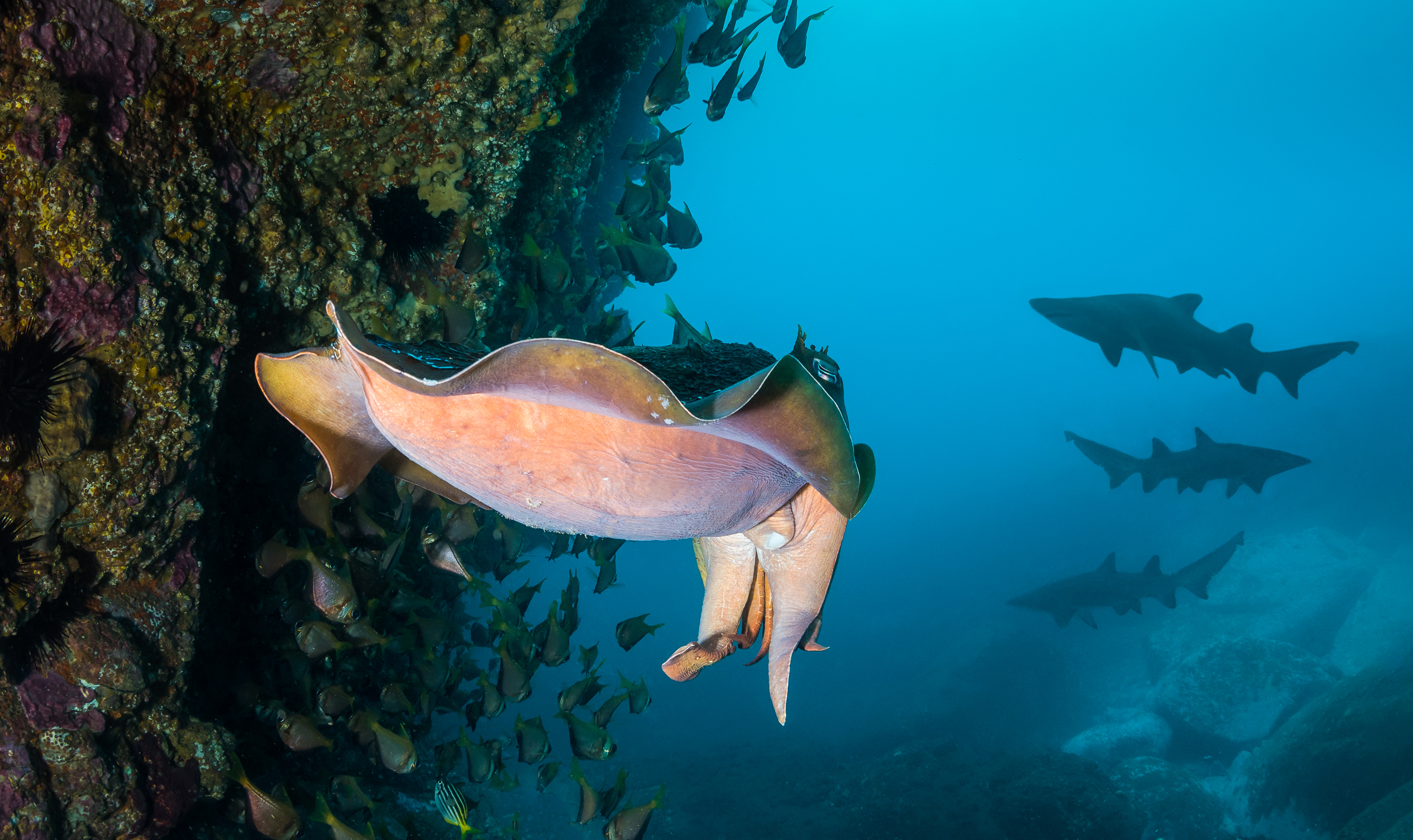
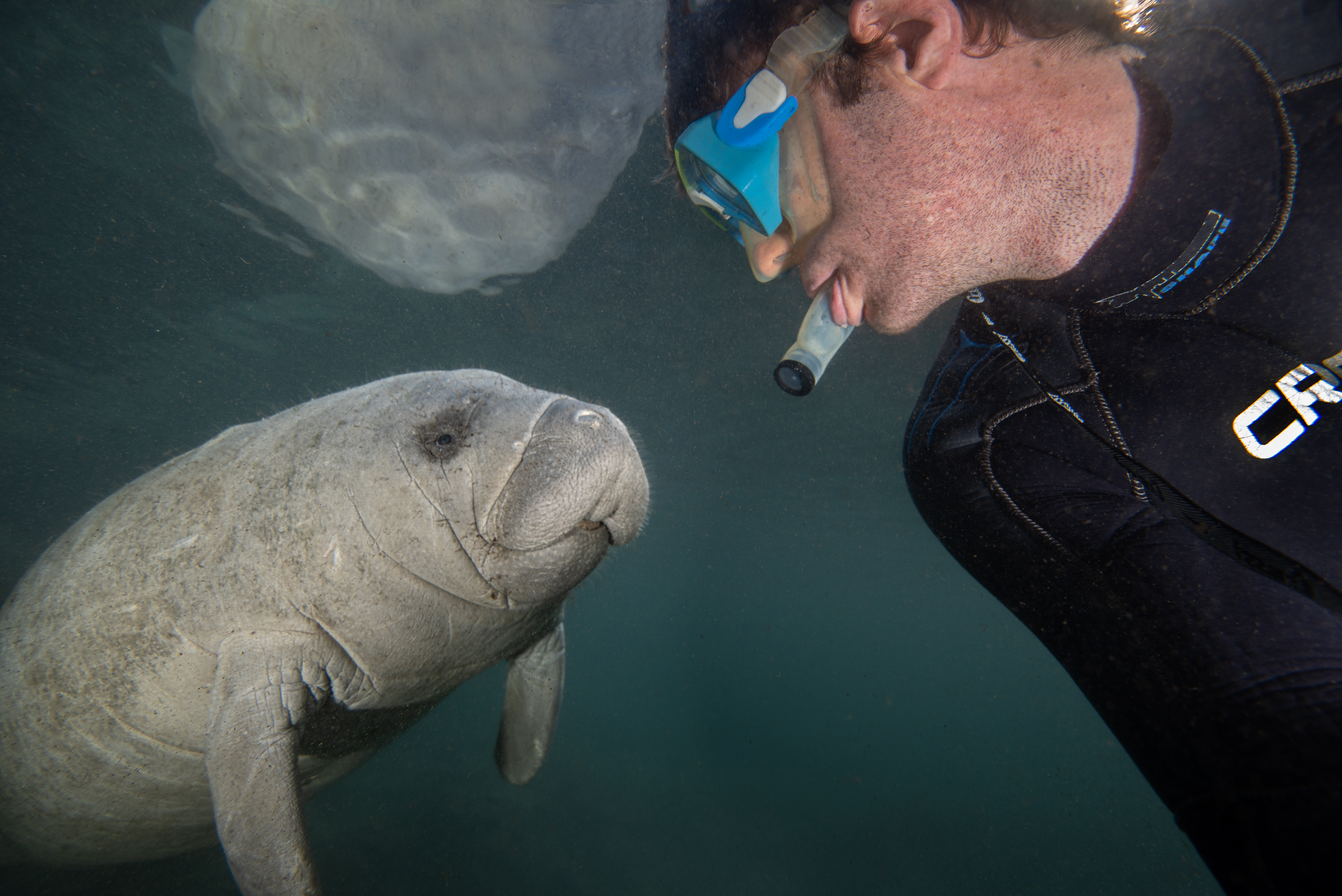
How did you get interested in underwater photography?
As a child I used to sit on the shore and watch my father descend beneath the waves. He would emerge soon after full of tales about the unique and awe-inspiring creatures below, underwater spiders, intricate coral, rainbow coloured fish, and of course, sharks.
For years I begged to go with him, but I wasn’t yet old enough for scuba. But, on my 13th birthday I was gifted a scuba diving course and was finally able to accompany him on his adventures. I was blown away by what I discovered beneath the waves!
It wasn’t long before I picked up an underwater camera and started documenting what I saw in the underwater world. My first camera wasn’t expensive, it was one of the early GoPro’s, and my photos and footage were pretty substandard, to say the least. But I enjoyed sharing and, with the support of my family and friends, my love for underwater photography bloomed. It did not take long before I had a DSLR in my hand and was travelling the globe and photographing the incredible wildlife that inhabits the Ocean.
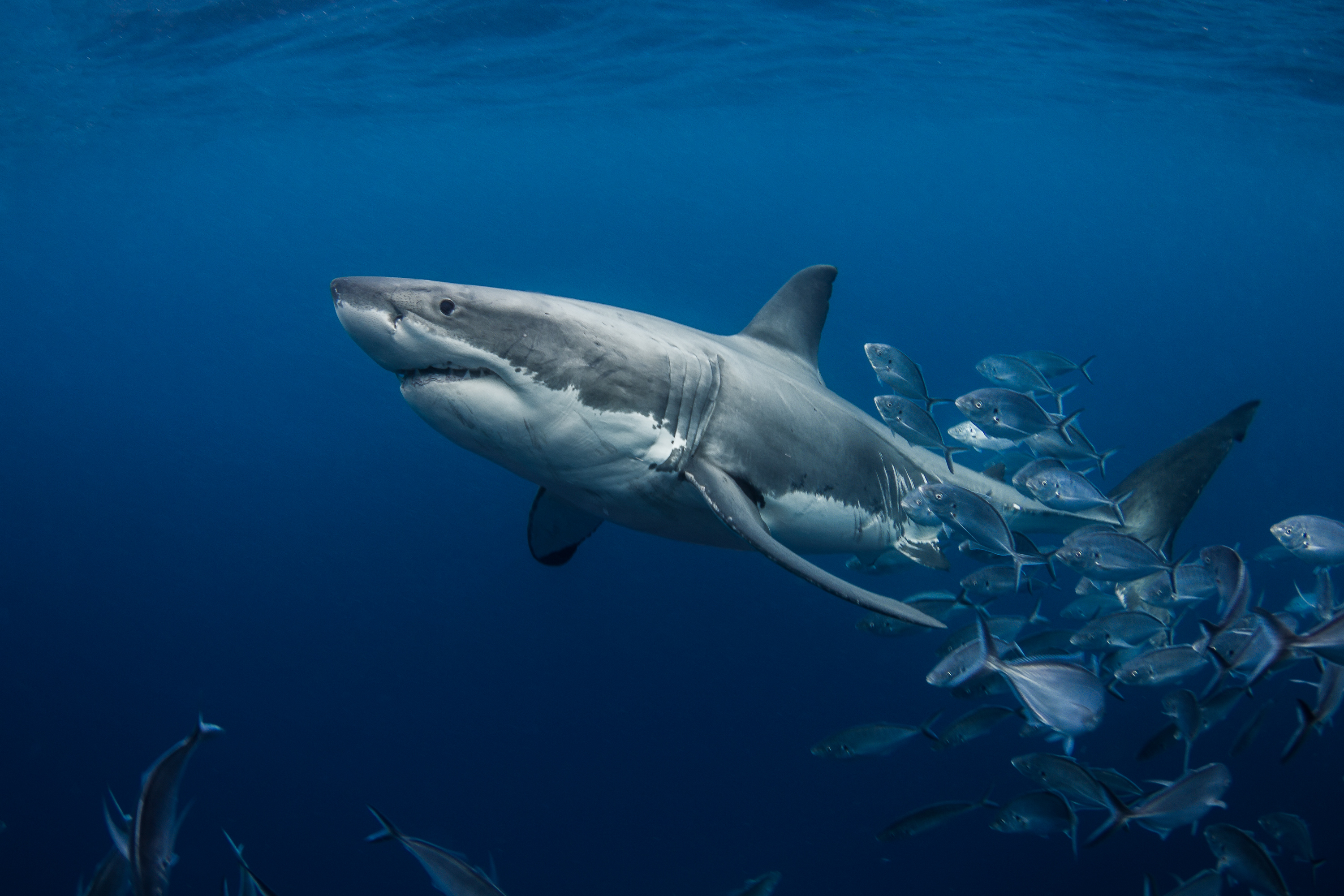
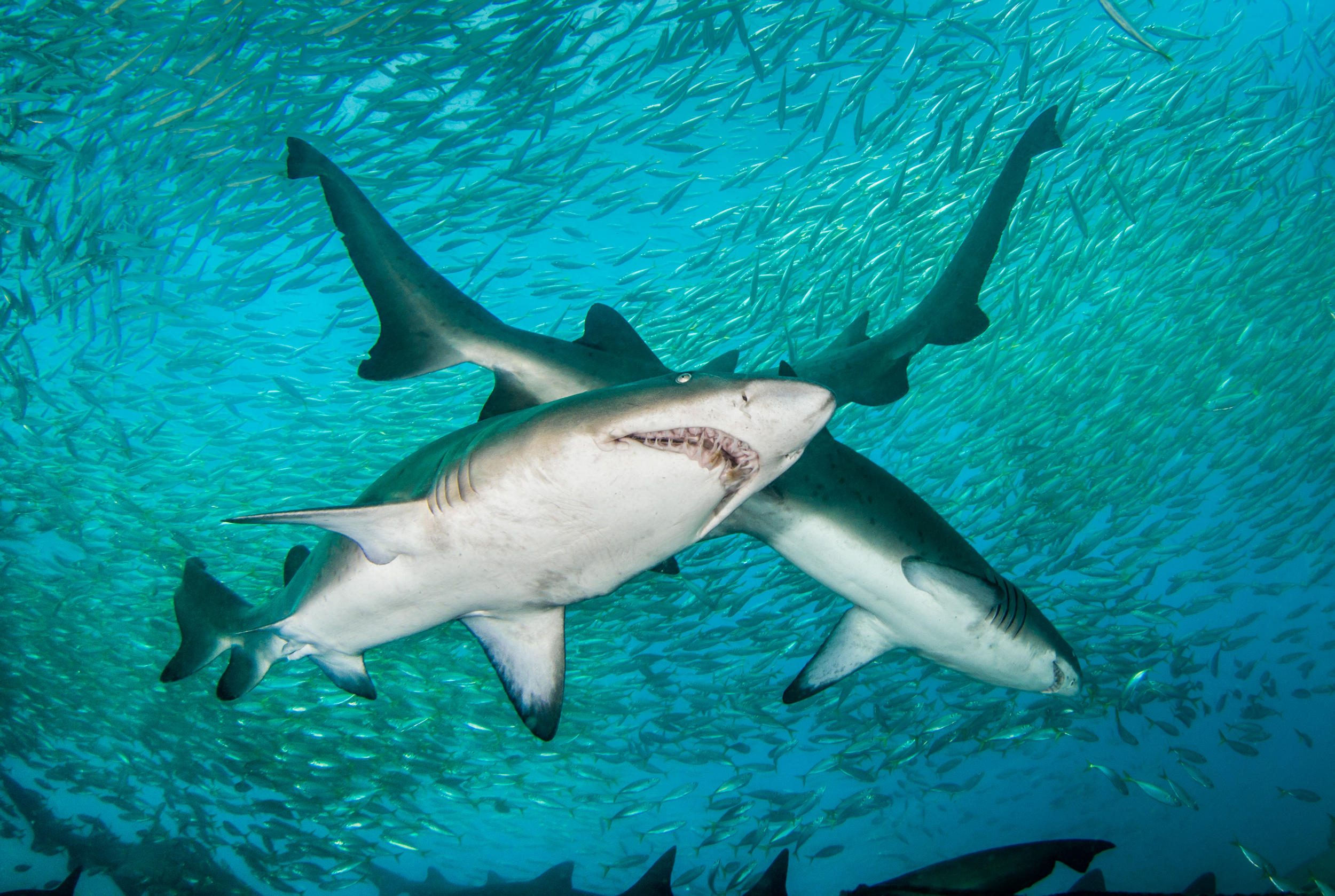
What gear do you need to dive and shoot, all the way from the wetsuit to the camera?
Firstly, SCUBA gear that is appropriate for the conditions; so, the right wetsuit for the temperature, regulator, BCD, tank, fins, mask, gloves, hood, weights etc. I also have additional equipment for solo diving. Everything needs to be streamlined and comfortable in the water and you need to make sure it isn’t going to get in the way of your camera.
Secondly, my photography gear: I use a Nikon D750 camera and Ikilite housing with an 8 Inch dome and ultra-wide zoom or fisheye lens (underwater photography is all up close and personal), dual strobes for lighting, and video lights for night diving.
What are the major challenges you have faced in underwater photography?
The COVID pandemic was very challenging, as most people know. I couldn’t get in the water for a very long time. However, it forced me to focus more on my editing skills and go back through some of my archives.
Can you tell us about one of your most exciting underwater experiences?
On a recent dive I met an extremely friendly 11ft tiger shark named Patrick. Sharks have the ability to sense minute electrical signals given off by fish and other prey items. This helps them hunt at close range. You can imagine the electrical signals my camera and strobe light would give off under the water. It must have become a real object of interest for Patrick. There were a few times when I had to politely push Patrick away.
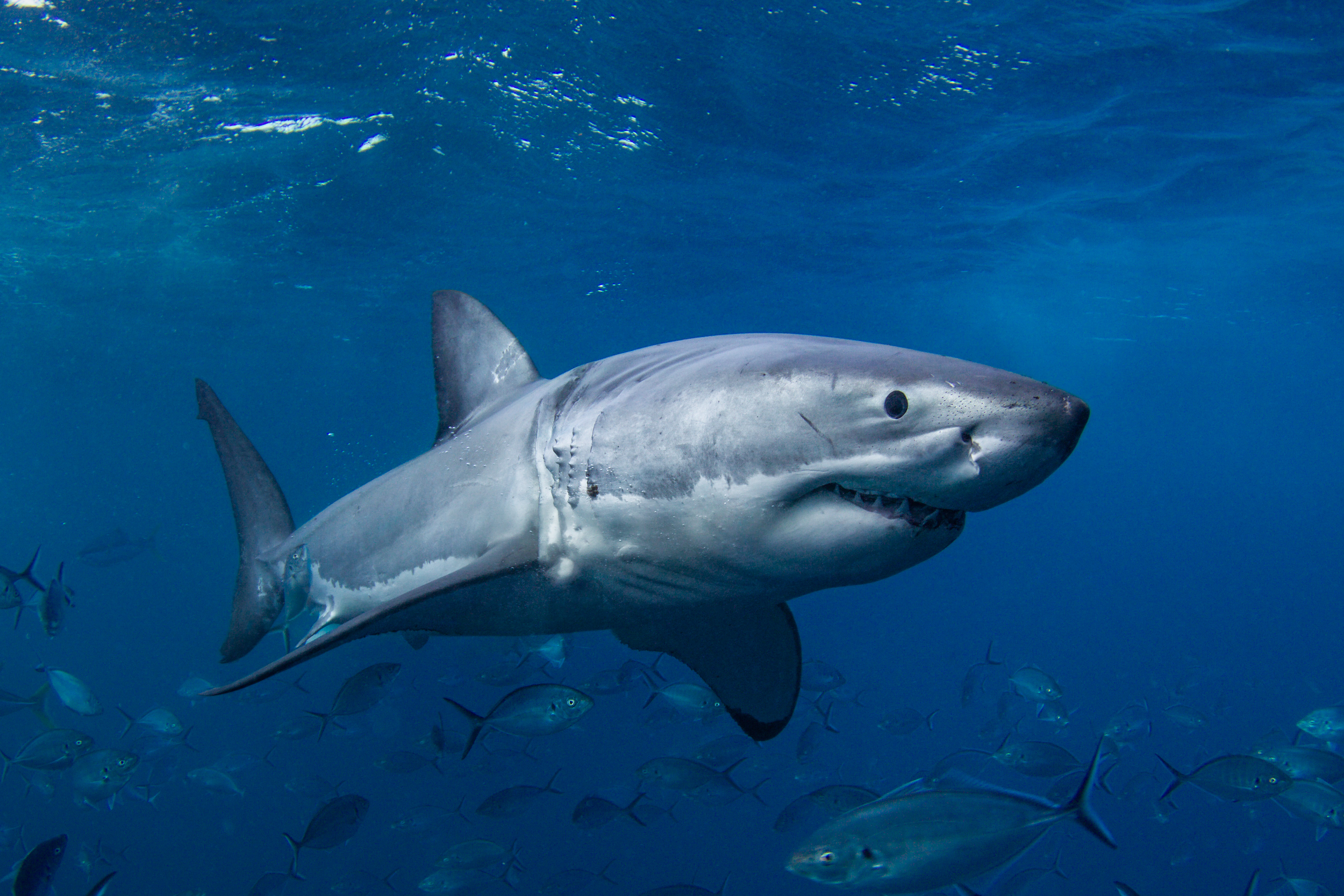
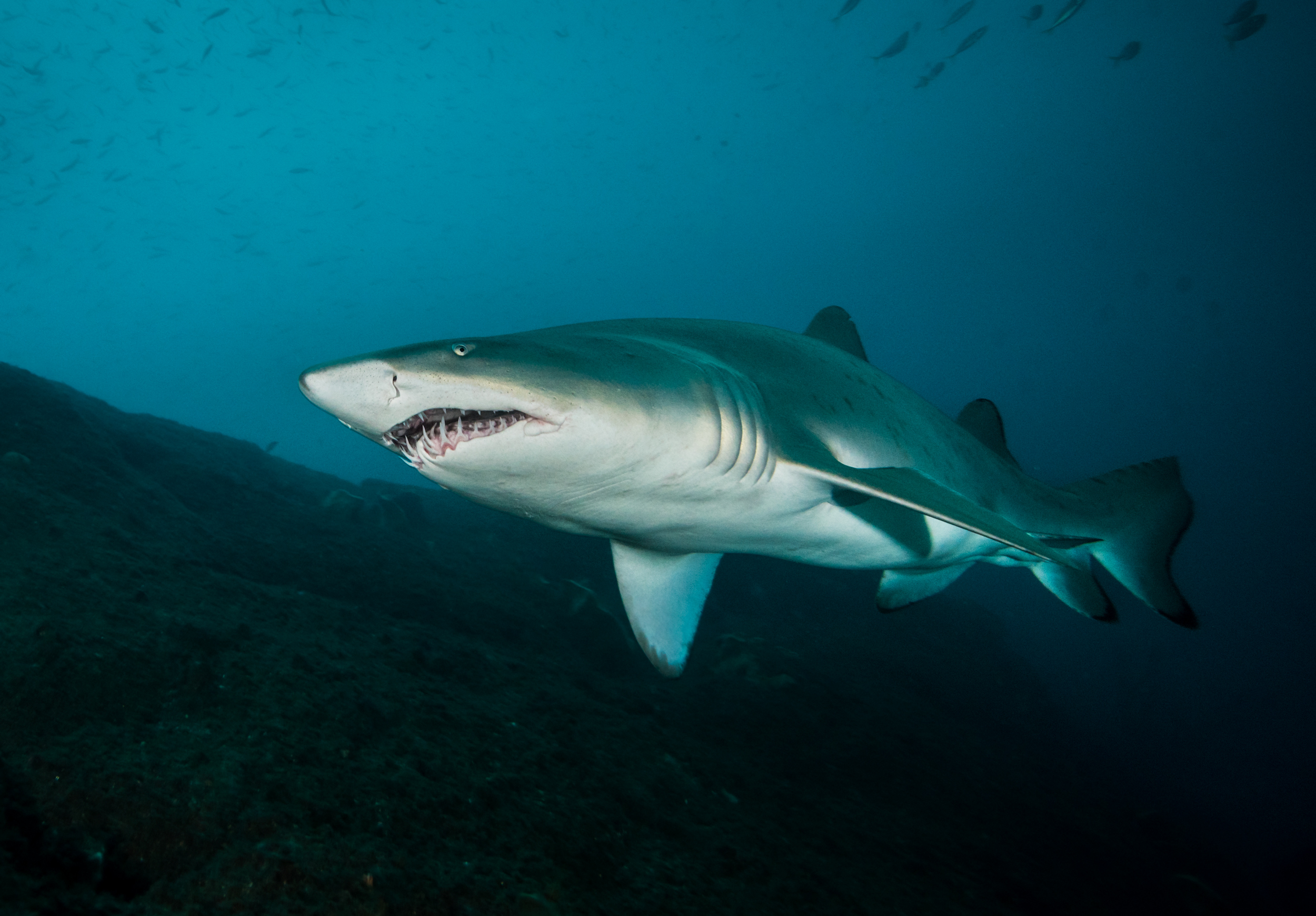
When did you first dive with sharks? How did you manage to overcome your fears?
My first dive with sharks was around the age of 13. It was a dive with grey nurse sharks (also known as sand tiger sharks). I’ve never really had a fear of sharks, only a healthy respect and from day one I have always felt an excitement around them.
What is the best and worst thing about underwater photography?
The best thing would be all the amazing things you get to see down there. You never know what is going to show up and everything is always a surprise. The worst part would have to be the hours of preparation, clean up and maintenance involved with diving.
Backscatter is also a pain for every underwater photographer. This is small particulates in the water that get between you and your subject effecting image quality. Plankton, algae, sand, etc. The best way to avoid backscatter is to minimize the distance between you and your subject. You have to get close… very close. Within 1m is good, within centimetres is better.
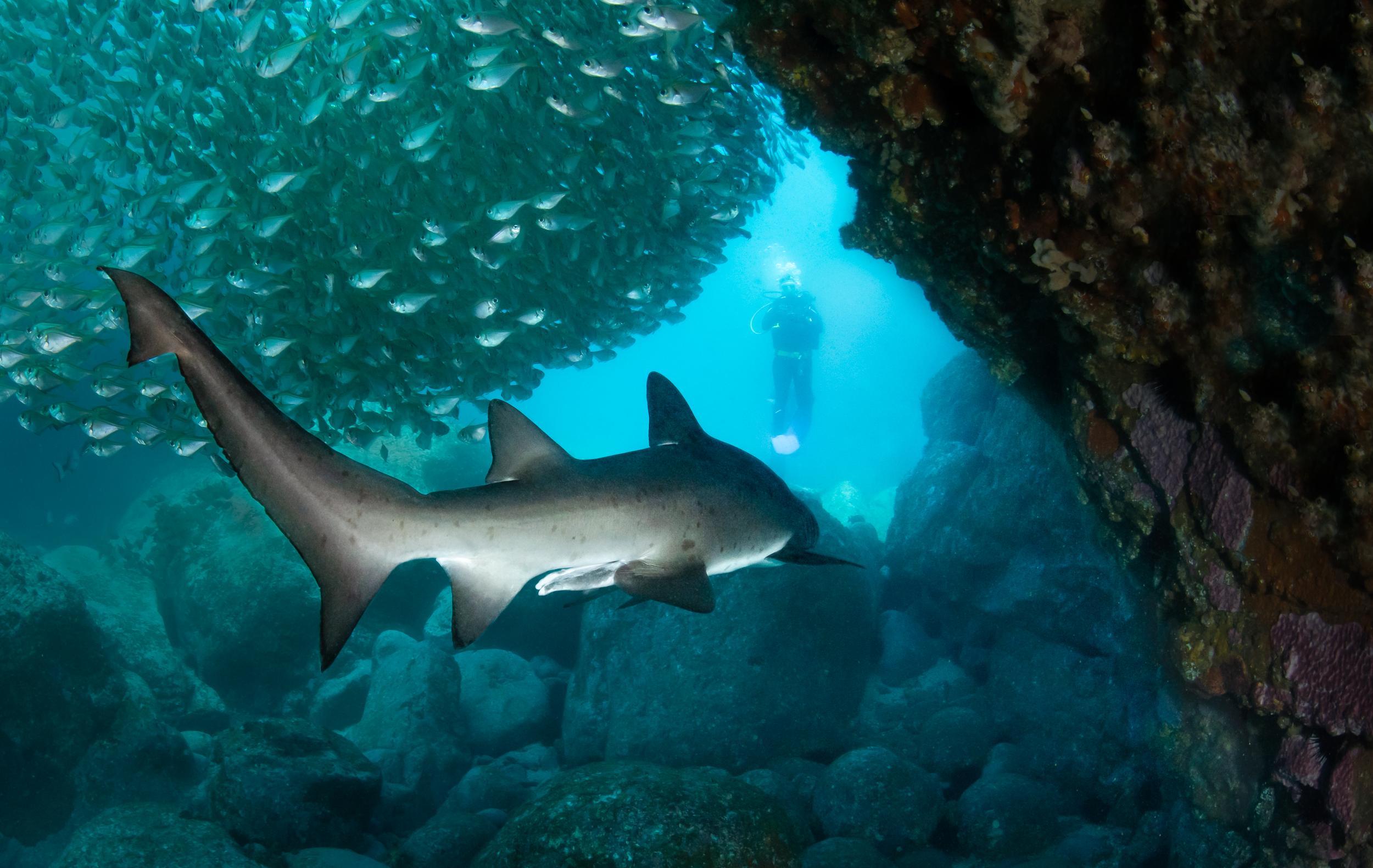
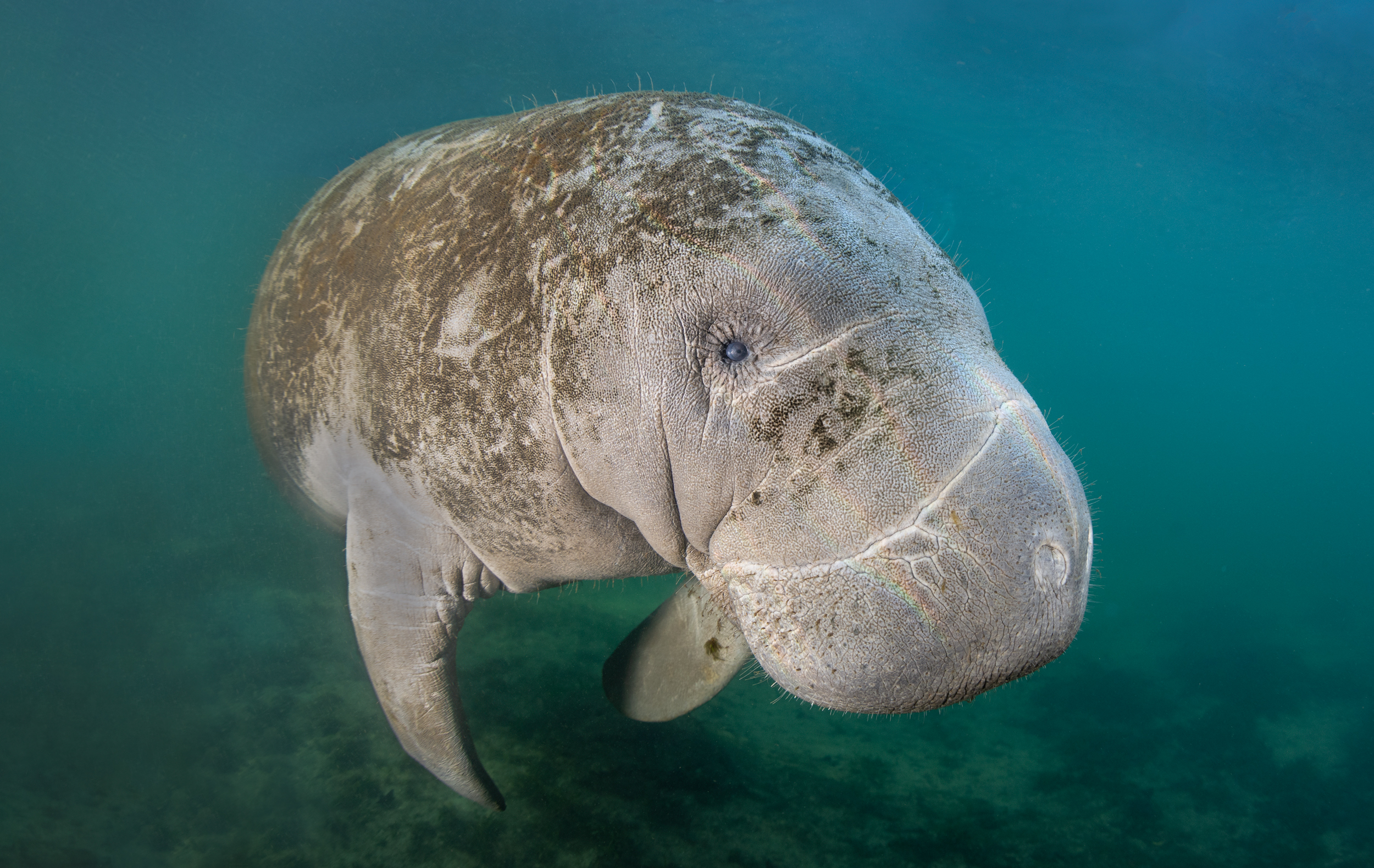
What is your favourite dive destination and why?
A site close to my family home has, and always will, hold a special place in my heart. It’s where I learnt to dive, and it’s where I had some of my first encounters with sharks. I’ve dived there countless times and each brings something new and exciting. I hope I get to dive there many more times.
It is also a congregation site for the critically endangered east coast population of grey nurse sharks. I always love visiting them. Only 1200 individuals remain.
What are the specific skills required to photograph big fish?
Patience is a big requirement for photographing any animal. Sharks are surprisingly skittish and if you approach them, they will most likely leave. So, you need to wait for them to come to you.
Persistence is another skill needed. You only have a finite amount of air. So, if you don’t capture what you were after, you need to go back again, and again, until you do.
Proficiency would be another skill because you have to be able to take advantage of an opportunity when it arises.
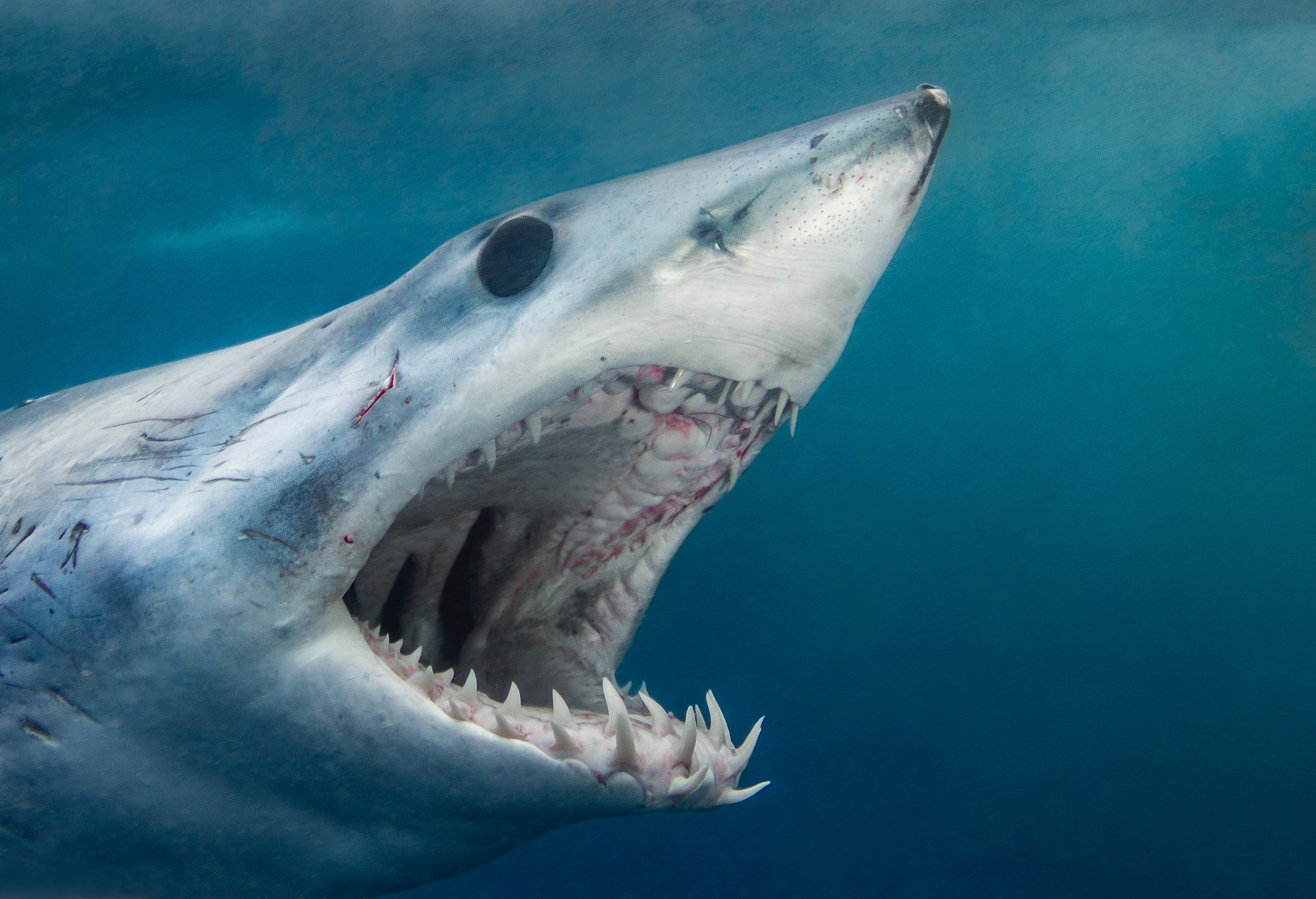
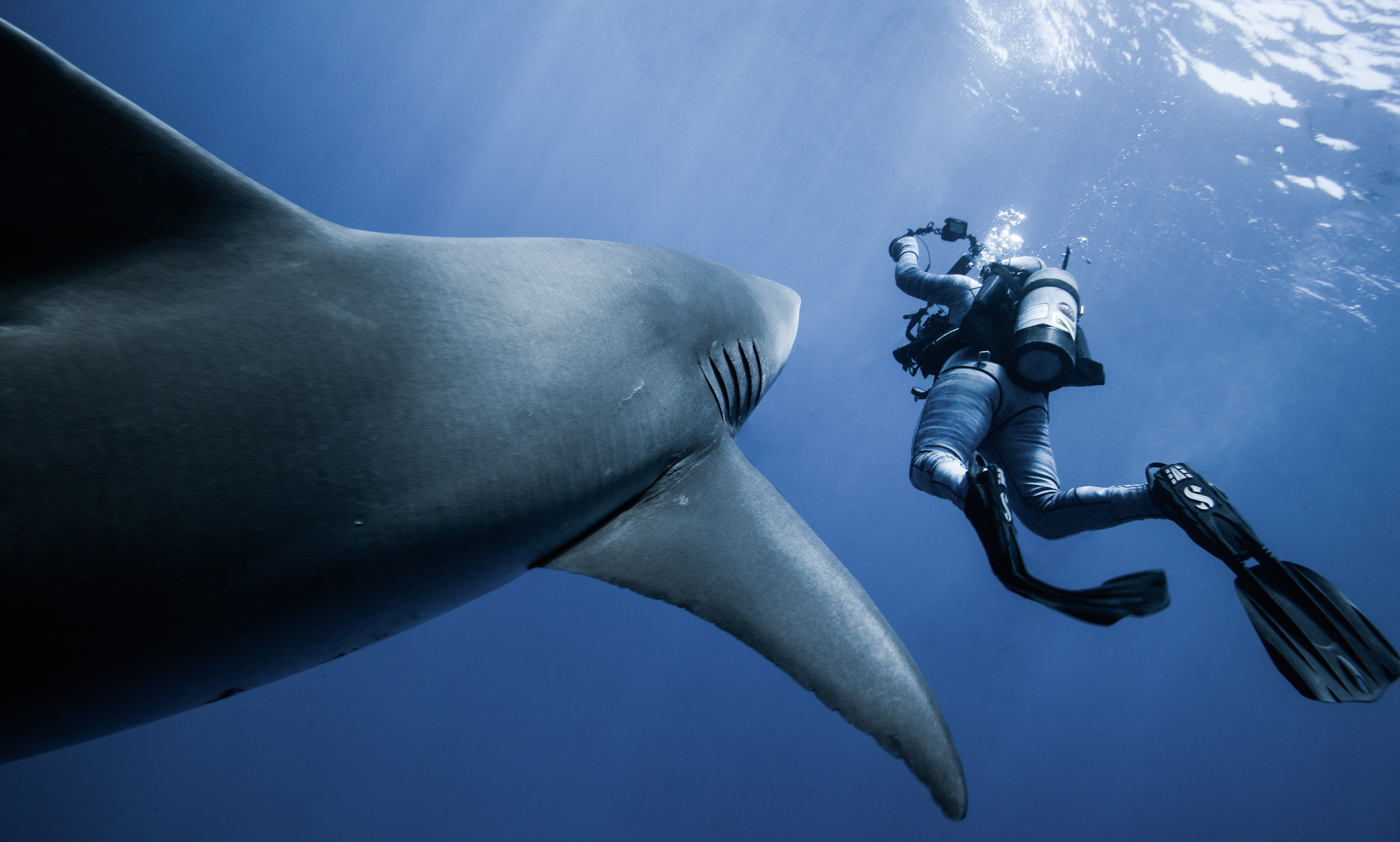
Wide-angle or macro? What type of diving and photography excites you most?
Wide-angle for sure. Most of the subjects I enjoy photographing are large. I like interacting with animals like sharks (obviously), sea lions, manta rays etc. I also don’t have the concentration to focus on small objects for extended periods of time ha-ha. As for the type of diving that excites me… any type. As long as I am in the water, I’m enjoying myself.
What do you look for when you are making your images?
Something that is visually stunning and creates emotion. I want people to be in awe of the object I’ve chosen to photograph.
What message do you hope to convey through your photography?
I just love showing people what the underwater world is like and how amazing sharks are.
How do you think underwater photography can help contribute to the ongoing efforts to protect our oceans and marine life?
Showing people photos of the underwater world encourages them to want to protect its beauty and unique species. People won’t want to protect what they can’t see.
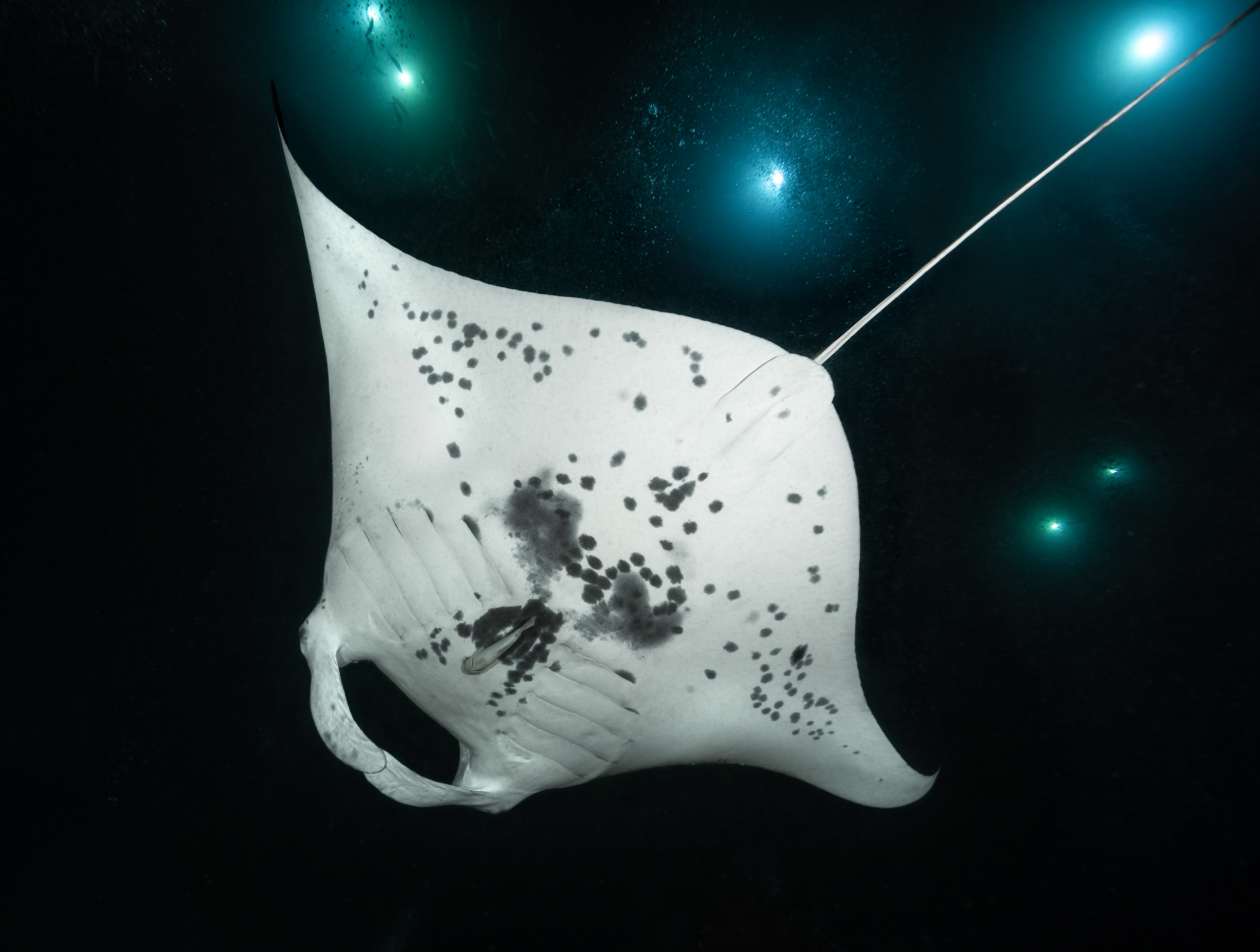
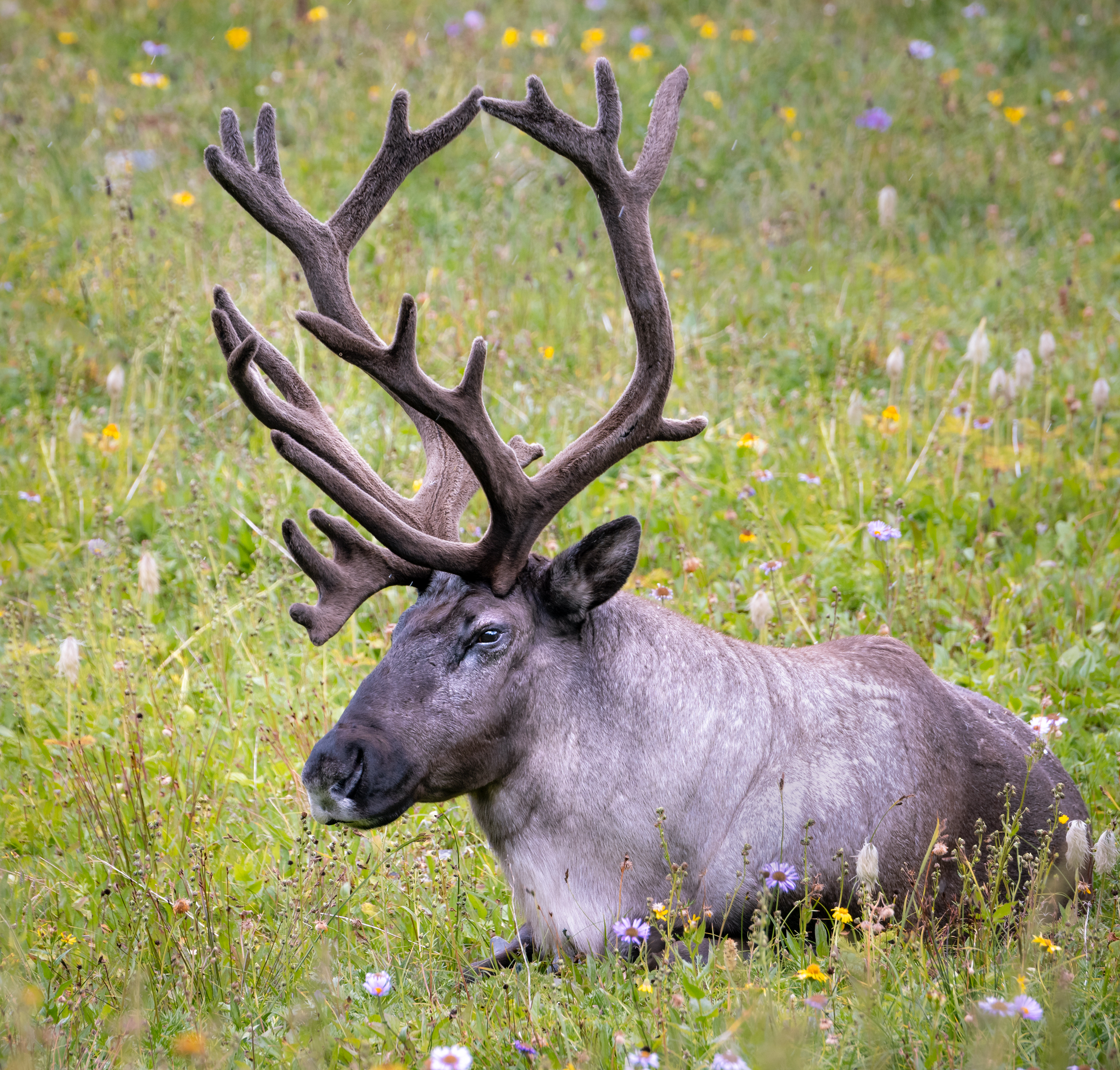
Are you involved in any conservation work outside of photography?
I worked a lot with a citizen science group called Grey Nurse Shark Watch. It helps protect the critically endangered population of grey nurse sharks on Australia’s East Coast. There are only about 1200 of these sharks left and this group is working to track the population through photo identification using the unique spot pattern on the side of each individual.
The locations and species on your bucket list that you haven’t had a chance to photograph yet?
There are so many. I’d love to photograph salmon sharks in Alaska or the incredibly cute thresher shark in the Philippines. I would also go anywhere in the world to photograph orcas.
Where will your next adventure take you?
I’m about to spend some time in Cabo San Lucas on Mexico’s Baja Peninsula. I have two months there so hopefully I’ll come out with some interesting photos.
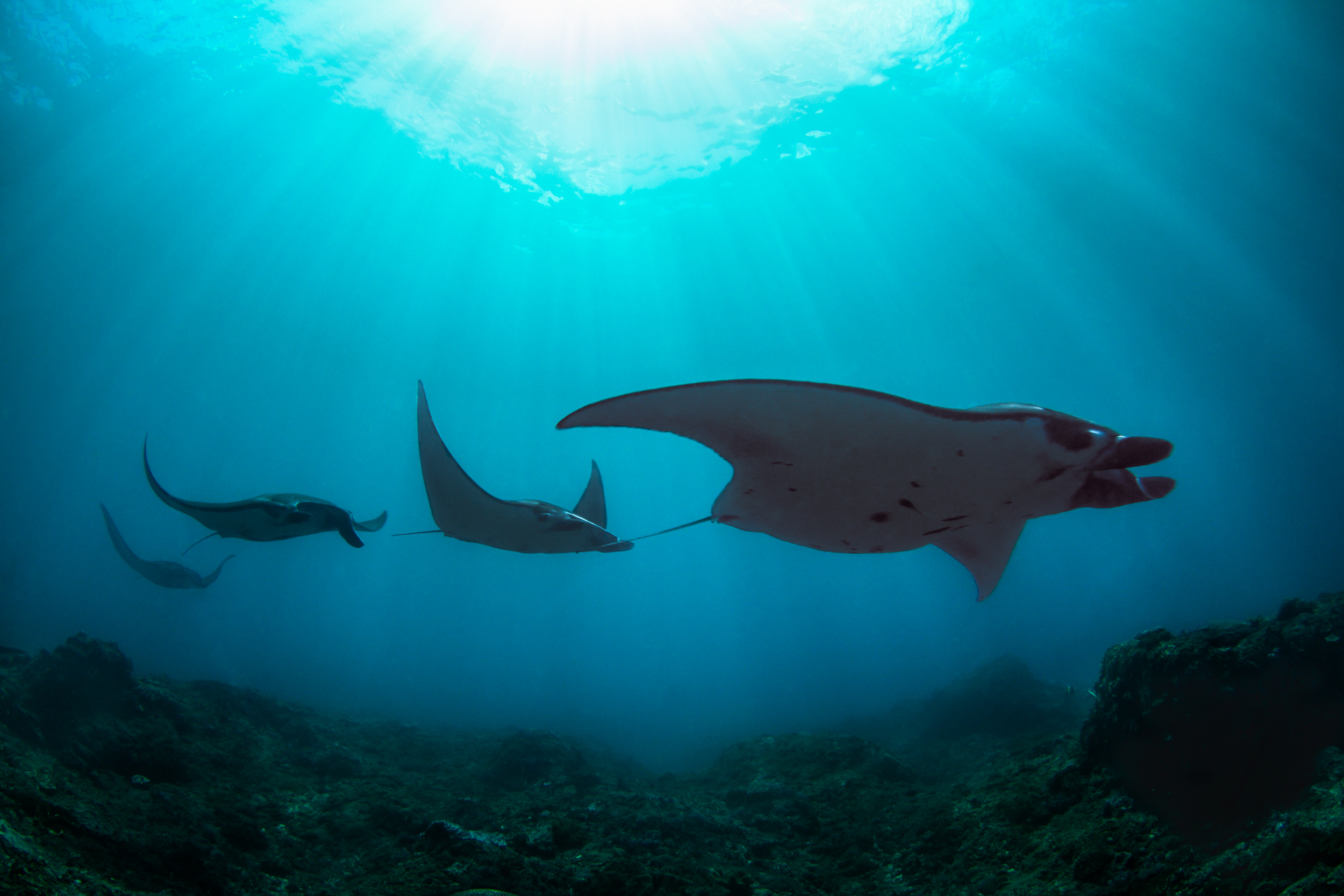

Have you ever photographed terrestrial animals? What was your favourite land-based trip or animal encounter?
I lived in Canada for four years and had a real fascination with mountain caribou. They are always such a regal subject to photograph. I spent five days hiking in the Canadian backcountry trying to find a herd. I did get lucky on the last day and spent an hour photographing them.
Could you share with us some tips for taking good underwater photos for beginners?
The best camera to start with is the one you have. I started out with one of the early GoPros on a stick and over the years I have upgraded to where I am now. My biggest tip would be the patience and persistence I mentioned earlier. You can get some brilliant shots, no matter what camera you have.
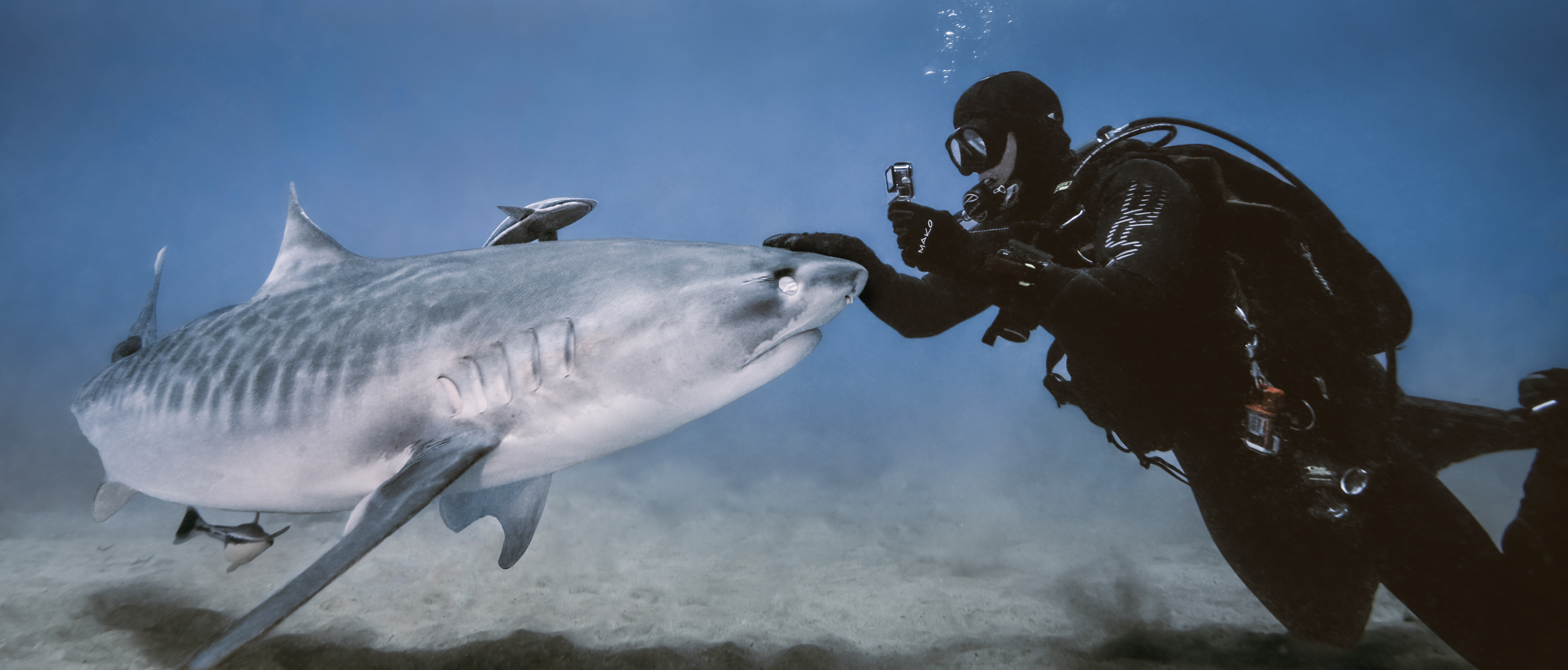
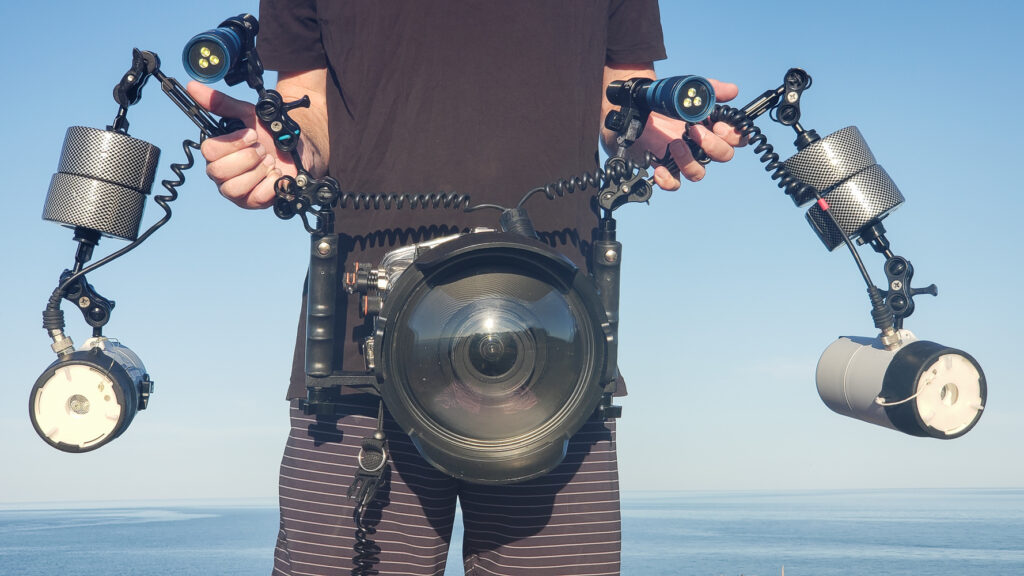
Tell us more about the Grey Nurse Shark
The story of the Grey Nurse Shark will tug on your heart strings, you have been warned!!
It all started when a man was bitten by a shark on the west coast of Australia in 1963….
The bite occurred during a spear fishing tournament. The man’s wound was very severe, but he did survive. A Great White was “blamed” for the bite however carrying dead fish around with you in the ocean has inherent risks.
The man was angry and wanted revenge.
I need to quickly step back and tell you a little about the grey nurse shark. They are quite large with adults reaching 3.5m (11ft).
Their body is sleek with a beautiful long tail, which they use like a whip to stun and capture small prey. Their needle like teeth, which spill out of their lower jaw, are used to capture, and hold their prey such a squid, rays, and fish. They are not equipped with the right teeth or jaw to hunt anything big. They are not aggressive towards humans.
Grey nurse sharks hunt at night, and during the day they congregate in large groups, normally around rockery outcrops just offshore. During this time, they “sleep”, basically they enter a relaxed and passive state. Anyone can dive with them safely without fear.
The man that was bitten was not picky which sharks received his wrath. Once he had healed, he formed a group to hunt the sharks. They equipped themselves with “power heads”, explosive tipped spears, and swam out to the congregation site. The decimation was immense and unrelenting. When they ran out of spears, they used knives, yes, they swam down and stabbed the sharks to death. They yelled “even one shark is too many” “a good shark is a dead shark” “the hunter becomes the hunted, revenge is sweet”.
The men were heralded as heroes, they were branded as “Shark Fighters”, won awards, were featured in books and magazines, and even a movie was made. Meanwhile, the population of sharks collapsed, pushing the Australian grey nurse to the brink of extinction.
The popularity of the “Shark Fighters” attracted the attention of the global media. Everyone wanted footage of the man-eating monsters. “Sharks sell very well”, “we want to put sharks into everyone’s living room”.
A new underwater videography industry was created which, in an almost perverse twist of fate, lead to the invention/perfection of the shark cage. Divers could now enter the water and observe sharks without fear.
All the additional time in the water gave the “Shark Fighters” a better understanding of the shark’s behaviour and they soon realised they were not man eaters. The new revenue streams from underwater videography, and later tourism, tied their fates to that of the sharks.
The “Shark Fighters” stopped killing and slowly turned to conservation. Fast forward to the present day. The man who was bitten at the very start of this story, was Rodney Fox. He is now regarded as a prominent shark conservationist.
He sits alongside Ron and Valerie Taylor, two other “Shark Fighters” and their research has now helped people understand the importance and fragility of the shark’s population in Australia.
The Grey Nurse Shark was listed as endangered which opened up new regulatory and funding option to help protect the species. Monitoring and tracking of the Grey Nurse have allowed scientist to identify and protect congregation and breeding sites whilst tracking population numbers. The recovery is slow, but it is increasing! Even today only 1300 Grey Nurse Sharks roam up and down the east coast of Australia. However, with continued efforts it is believed the species will survive. There is hope!
I will let you draw your own conclusion as to the moral of this story. I hope that it includes the concepts of ignorance and education. I also hope you now have a better understanding of what sharks have faced, and still face, in the world today.
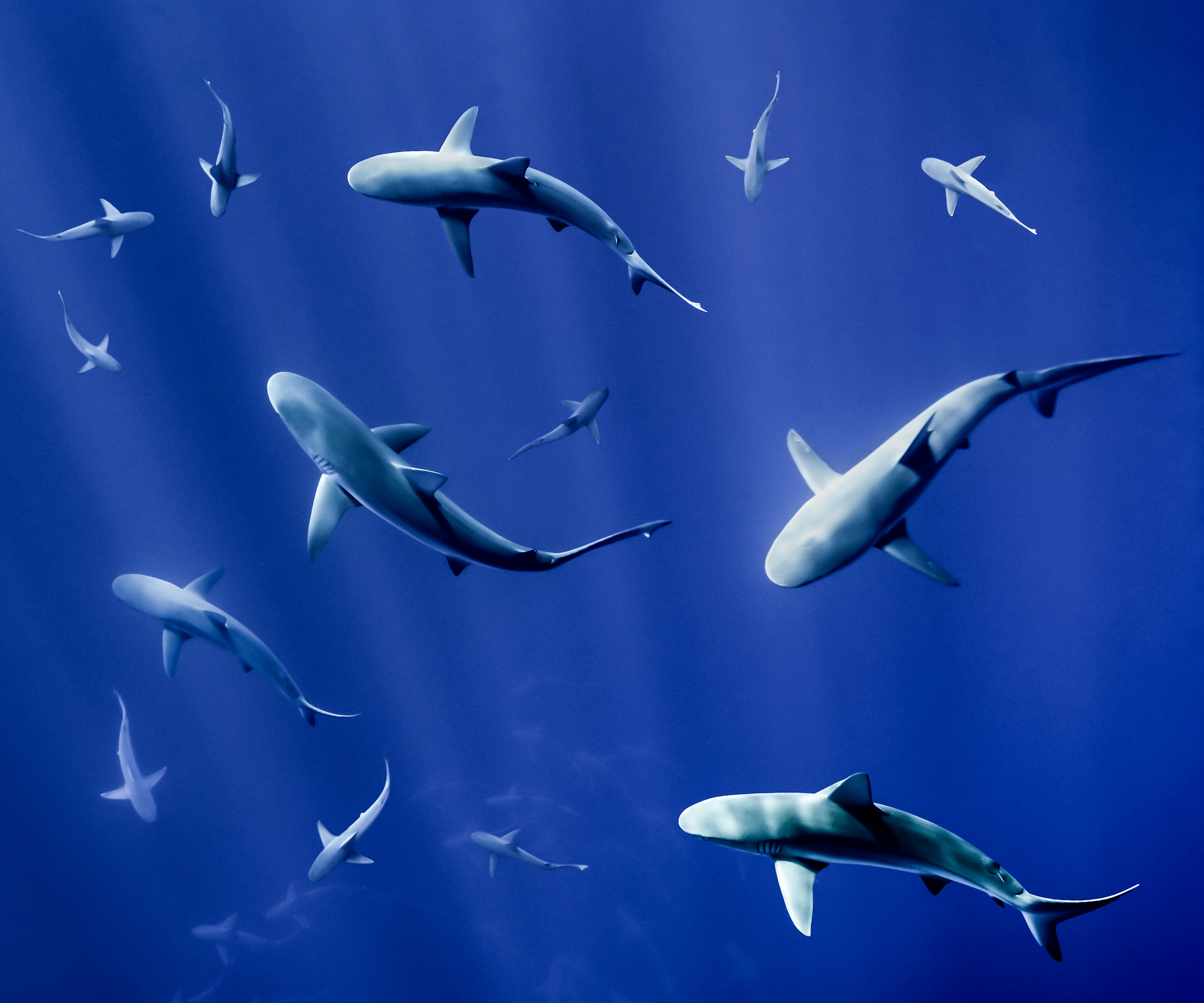
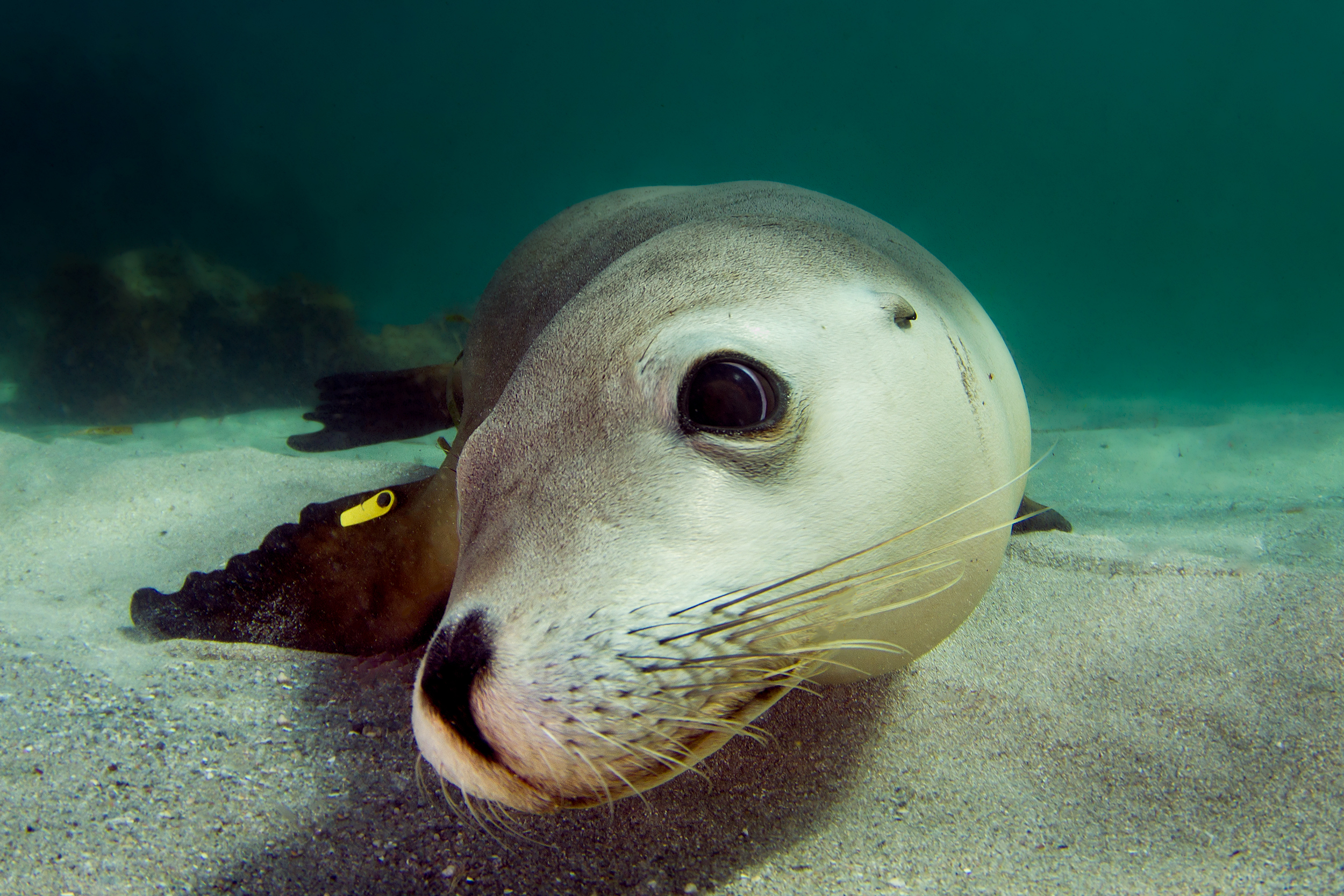
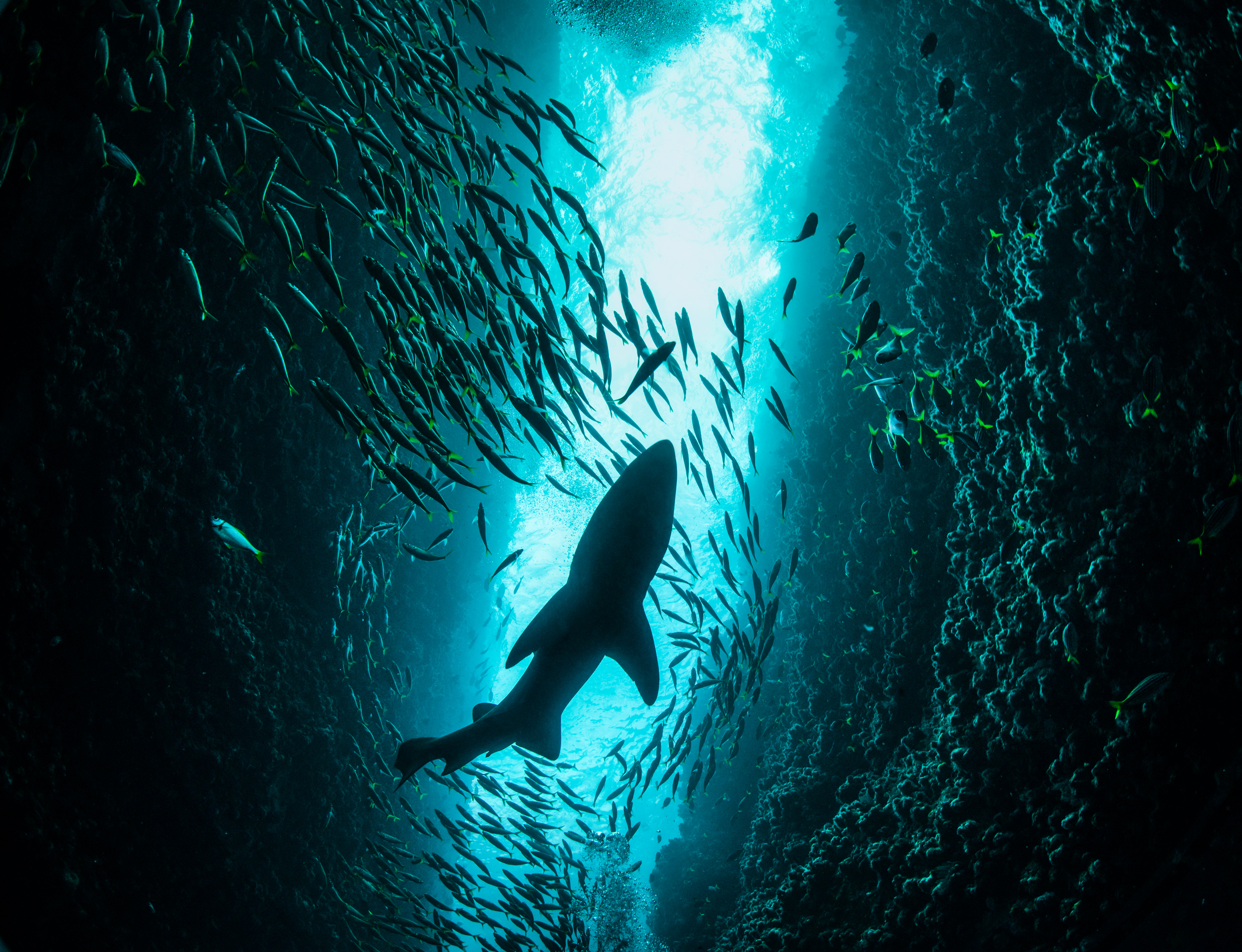
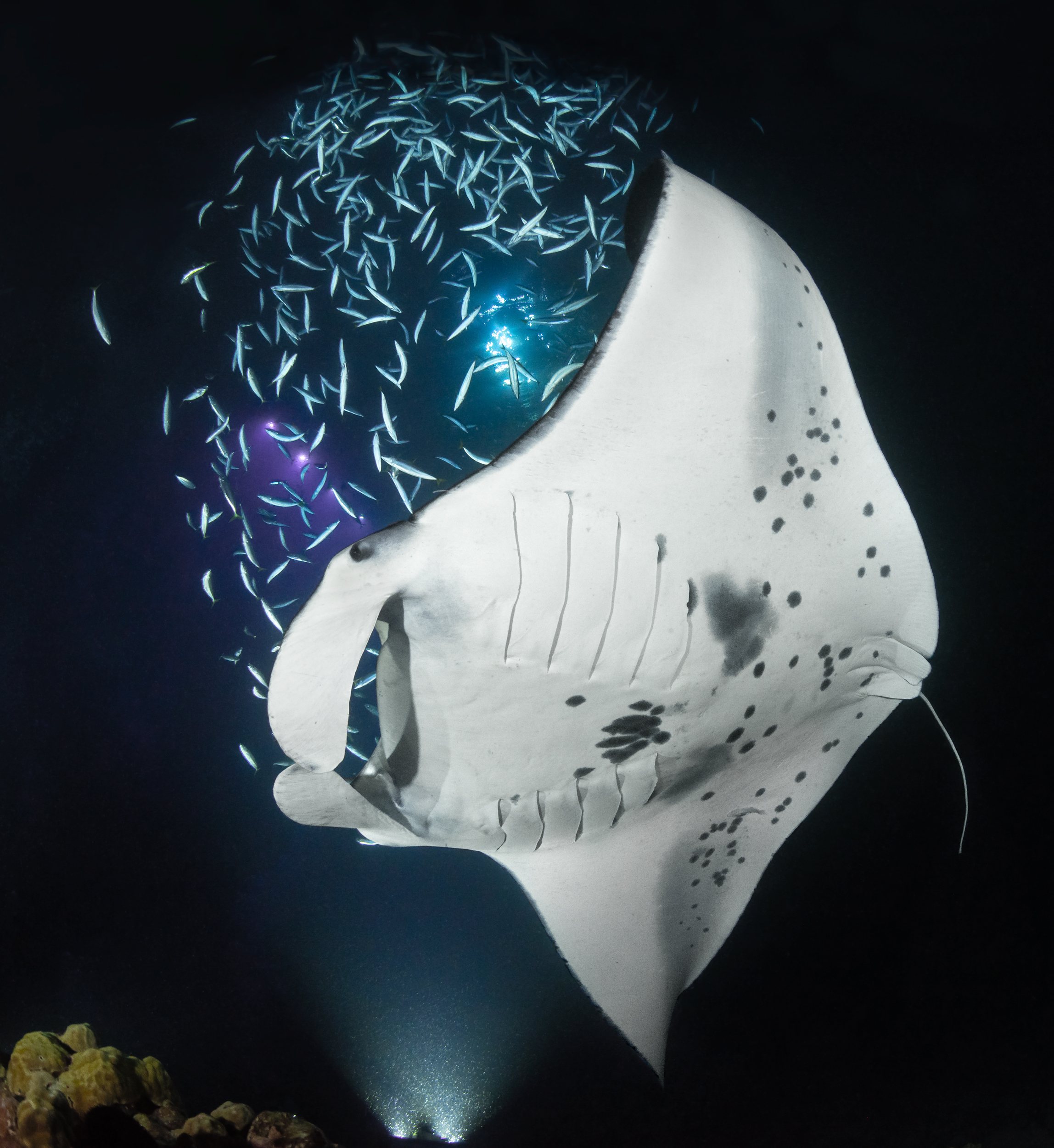
Ryan is a gifted underwater photographer from Australia. The love for the world underwater was inherited from his father who used to share the experiences of his dives with Ryan. On growing up and allowed to dive, Ryan soon picked up a camera and started documenting the marvelous sights of that hidden world. He is...
By Mohammad Murad | Photos by Mohammad Murad
PT Explorers 15 Minutes read
ReadBy Dunya Rajasekara | Photos by Dunya Rajasekara
PT Explorers 5 Minutes read
ReadBy Abhijith Perambra | Photos by Abhijith Perambara
PT Explorers 5 Minutes read
ReadEmail: email@pawstrails.com